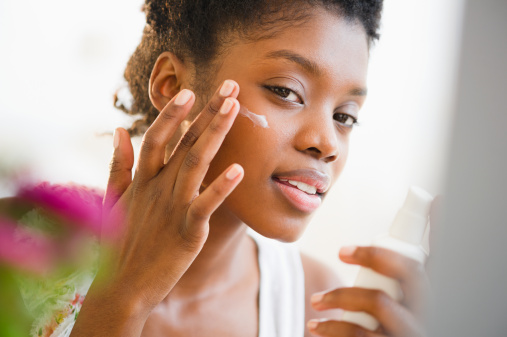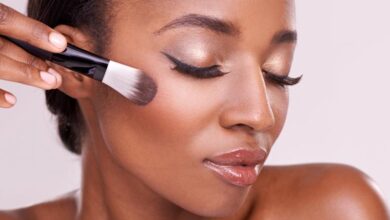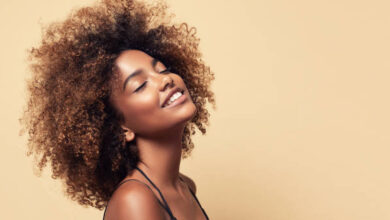Since everyone gets acne at some time, the right time to treat it is when it becomes bothersome or when the potential for scarring develops. Having acne and pimples is very common but can cause a deep dent in your self-esteem and hold you back.
Here are some natural ways on how you can get rid of acne:
Lifestyle
Moderation and regularity are good things, but not everyone can sleep eight hours, eat three healthy meals per day, and drink plenty of water a day. Probably the most useful lifestyle changes one can make is to never to pick or squeeze pimples. Playing with or popping pimples, no matter how careful and clean one is, nearly always makes bumps stay redder and bumpier longer. People often refer to redness as “scarring,” but fortunately, it usually isn’t permanent. It’s just a mark that takes months to fade if left entirely alone.
Open the pores
Occasional visits to an esthetician who is an expert at safely removing blackheads during a facial can be beneficial.
Cleansing and skin care
Despite what one might read in popular style and fashion magazines, there is no magic product or regimen that is right for every person and situation.
- Mild cleansers: Washing once or twice a day with a mild cleansing bar or liquid (for example, Dove, Neutrogena, Basis, Purpose, and Cetaphil are all inexpensive and popular) will keep the skin clean and minimize sensitivity and irritation.
- Exfoliating cleansers and masks: A variety of mild scrubs, exfoliants, and masks can be used. These products may contain salicylic acid in a concentration that makes it a very mild peeling agent. These products remove the outer layer of the skin and thus open pores. Products containing glycolic or alpha hydroxy acids are also gentle skin exfoliants.
- Retinol: Not to be confused with the prescription medication Retin-A, this derivative of vitamin A can help promote skin peeling.
Reducing bacteria
- Antibacterial cleansers: The most popular ingredient in over-the-counter antibacterial cleansers is benzoyl peroxide.
- Topical (external) applications: Antibacterial cleansers come in the form of gels, creams, and lotions that are applied to the affected area. The active ingredients that kill surface bacteria include benzoyl peroxide, sulfur, and resorcinol. Some brands promoted on the Internet and cable TV (such as ProActiv) are much more costly than identical and sometimes more potent products one can buy in the drugstore.
Benzoyl peroxide causes red and scaly skin irritation in a small number of people, which goes away as soon as one stops using the product. Keep in mind that benzoyl peroxide is a bleach, so do not let products containing benzoyl peroxide come into contact with fabrics, leaving unsightly white spots on colored clothes, shirts, towels, and carpets.
Reduce the oil
One cannot stop oil glands from producing oil. Even isotretinoin (Accutane, see below) only slows down oil glands for a while; they resume normal activity later. It is possible to get rid of oil on the surface of the skin and reduce the appearance of shine.
- Use a gentle astringent/toner to wipe away oil. (There are many brands available in pharmacies, as well as from manufacturers of cosmetic lines.)
- Products containing glycolic acid or one of the other alpha hydroxy acids are also helpful in clearing the skin by causing the superficial layer of the skin to peel (exfoliate).
- Masks containing sulfur and other ingredients draw out facial oil.
- Antibacterial pads containing benzoyl peroxide have the additional benefit of helping to wipe away oil.
One can do a lot to treat acne using products available at a drugstore or cosmetic counter that do not require a prescription. However, for tougher cases of acne, one should consult a physician for treatment options.





